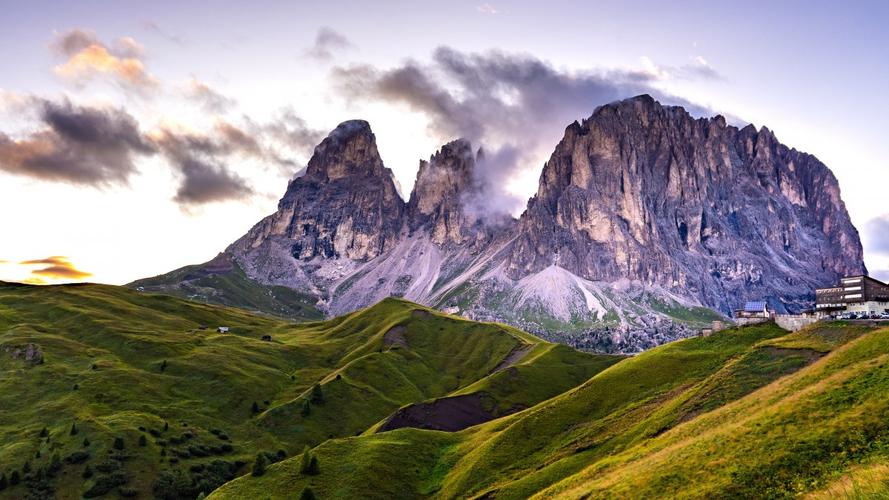Heritage sites play an important role in preserving cultural identity and history. UNESCO, the United Nations Educational, Scientific and Cultural Organization, states that heritage sites are “an irreplaceable source of life and inspiration.” However, understanding the cultural geography of these sites is equally important. Cultural geography is the study of human culture, values, beliefs, and practices and their relationship with the natural and built environment. In this article, we will delve into the importance of understanding the cultural geography of heritage sites.
Heritage sites are not just physical structures; they are intertwined with the culture and beliefs of people who inhabit or visit them. Their cultural significance is often associated with the collective memory of a community, and their stories contribute to the collective history of humanity. Understanding the cultural geography of heritage sites means considering the relationship between cultural values and the environment in which they exist.
For example, Pashupatinath Temple in Nepal is more than just a temple; it is an important pilgrimage site for Hindus and a hub for cultural and religious practices. The temple is situated on the banks of the Bagmati River, symbolizing that the relationship between humans and nature is sacred. Understanding this connection is important to know why Pashupatinath Temple is significant in the cultural geography of Nepal.
Invisible borders define the cultural geography of heritage sites. Boundaries such as language, religion, and social practices often overlap. We must understand these cultural boundaries, not only to appreciate the cultural significance of heritage sites but also to preserve it. Heritage sites are often threatened by various factors such as natural disasters, urbanization, and unsustainable tourism. Understanding cultural geography enables us to develop strategies to protect the site’s cultural meaning, aspects, and values.
Let us take the example of Machu Picchu in Peru, which is a cultural and heritage icon. The Incas built Machu Picchu in the middle of the Andes Mountains, and the site is one of the few remaining Inca sites. It is located at high altitude, and a delicate ecosystem surrounds it. Therefore, understanding the cultural geography of Machu Picchu is important to preserve its history, culture, and environment.
In conclusion, understanding the cultural geography of heritage sites is essential in preserving cultural significance, conserving historical and cultural values, and preventing the loss of identity. Cultural geography helps us appreciate and retain a deeper understanding of how heritage sites relate to communal identity, which is crucial in regeneration, sustainable development, and cultural survival.
Therefore, it is essential to incorporate cultural geography into heritage site management and for communities, authorities, and tourists to understand the significance of heritage sites from a cultural geography perspective. Only then can we ensure a sustainable future where heritage sites thrive in their cultural significance.
(Note: Do you have knowledge or insights to share? Unlock new opportunities and expand your reach by joining our authors team. Click Registration to join us and share your expertise with our readers.)
Speech tips:
Please note that any statements involving politics will not be approved.
